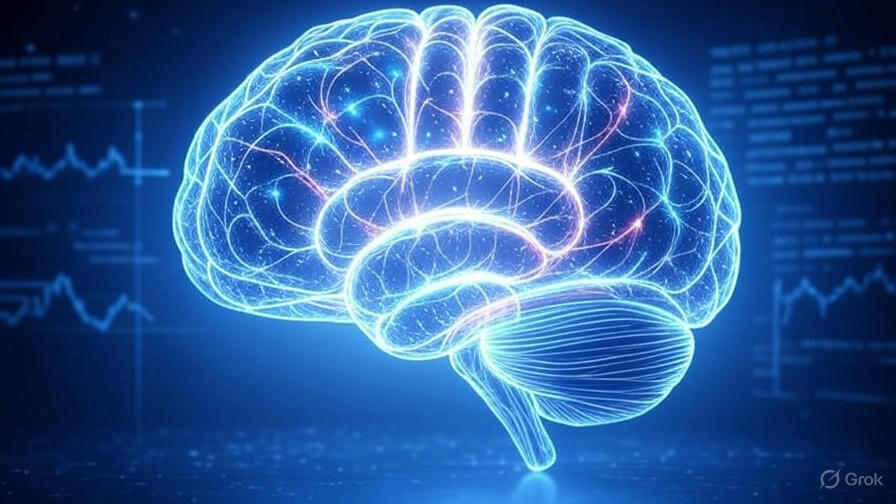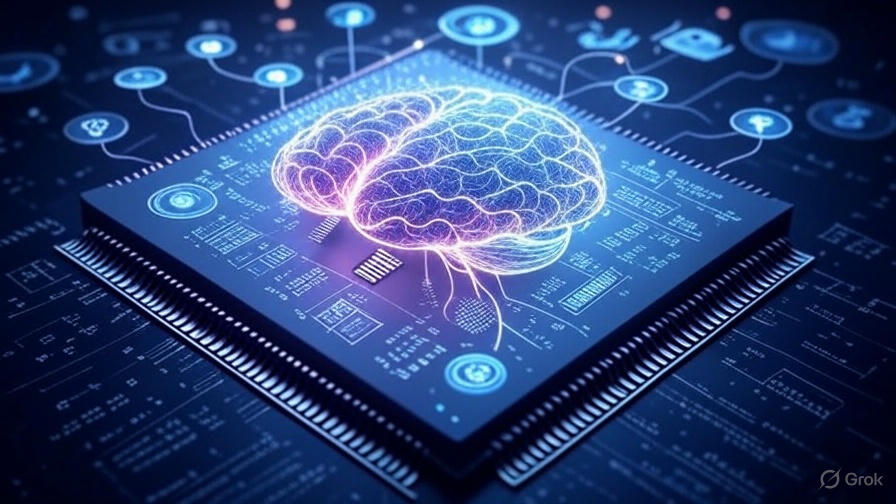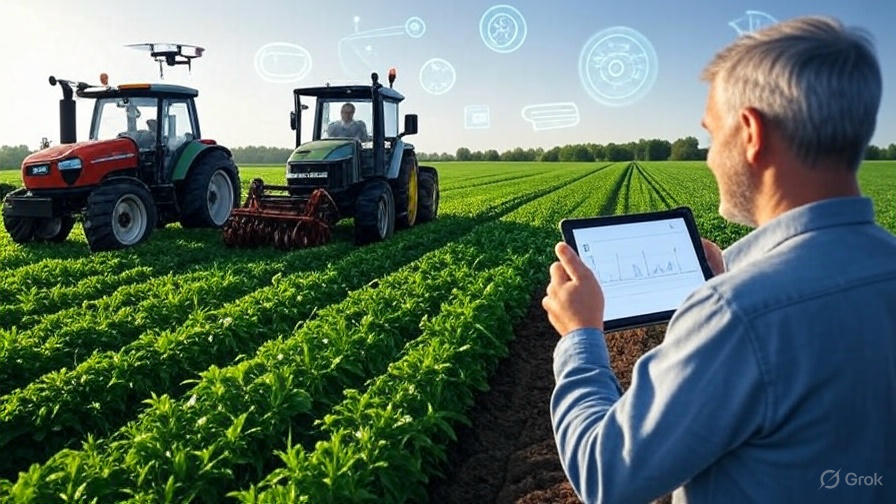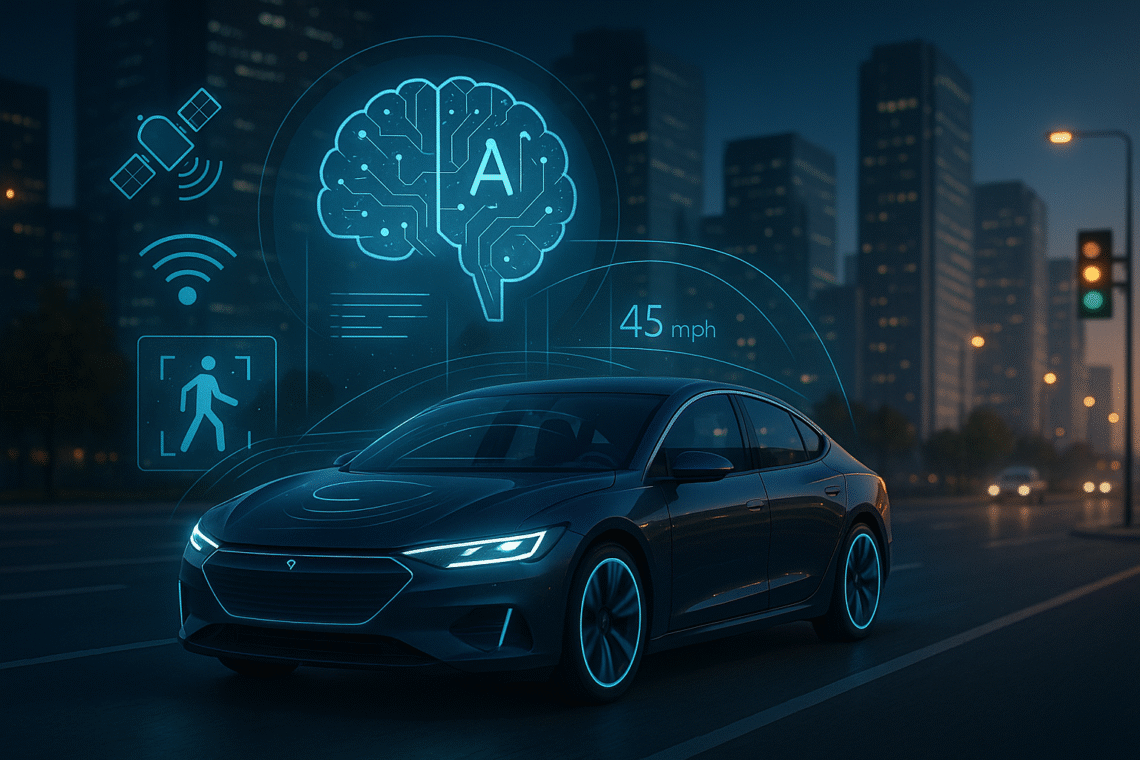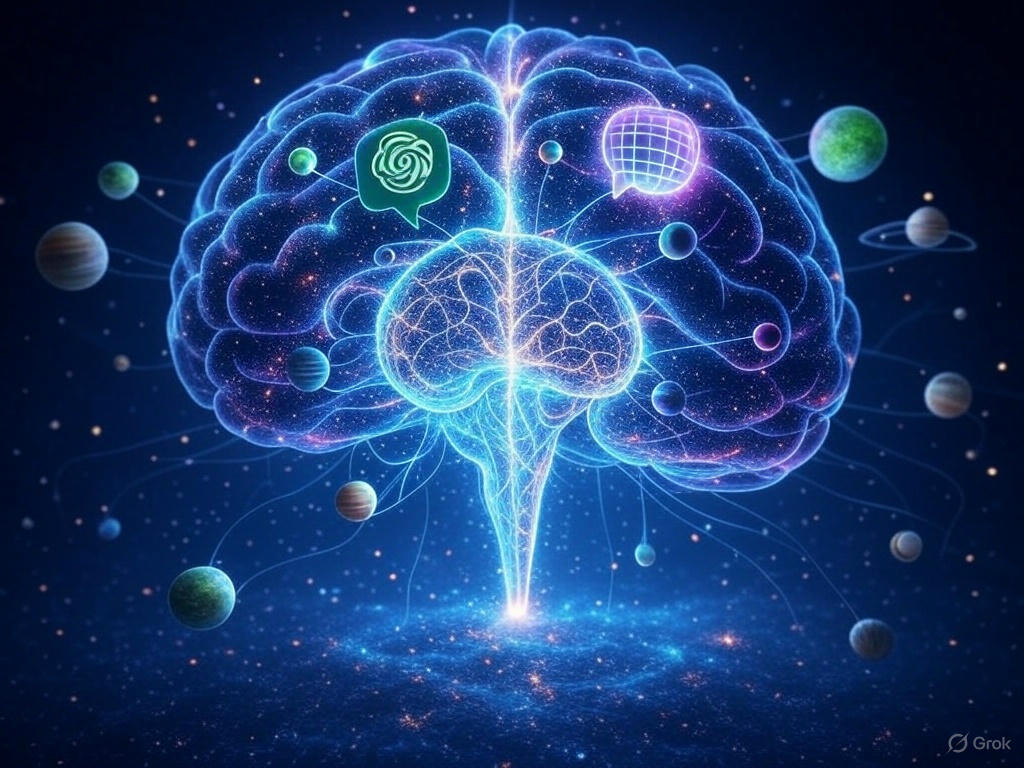In today’s data-driven world, Artificial Intelligence has become synonymous with cloud computing—large data centers processing vast amounts of information. But a new revolution is unfolding: Edge AI. It’s fast, decentralized, and ready to redefine how intelligence is delivered across devices, industries, and everyday life. Edge AI isn’t just an upgrade—it’s a paradigm shift. It brings AI computation out of the cloud and into the real world, running directly on devices like smartphones, wearables, vehicles, and sensors. It enables faster decisions, increased privacy, reduced latency, and smarter systems that work offline and in real time. What is Edge AI? Edge AI…
-
-
From Programmed to Autonomous Intelligence Artificial Intelligence has entered a profound new era—one where machines no longer rely solely on pre-programmed instructions. Instead, they learn, evolve, and adapt in real time. Welcome to the world of Self-Learning AI Systems, where algorithms grow smarter by observing, interacting, and making autonomous decisions. This revolutionary approach doesn’t just make machines efficient—it makes them intelligent. What Are Self-Learning AI Systems? Self-learning AI systems are advanced forms of artificial intelligence that continuously improve their performance without explicit human supervision. They use techniques like reinforcement learning, unsupervised learning, online learning, and self-supervised learning to adapt based…
-
In the early days of digital technology, voice assistants were simple tools—used to set alarms, play music, or check the weather. But today, the game has changed. Voice technology has evolved into something far more powerful, intuitive, and human. With breakthroughs in artificial intelligence, natural language understanding, and emotional intelligence, next-generation voice assistants are shaping a future where conversations with machines feel natural and seamless. The Shift from Commands to Conversations Old-school voice assistants followed commands. You had to speak a certain way, often repeating yourself or simplifying what you wanted to say. Now, voice interfaces are becoming conversational, intelligent,…
-
When Intelligence Meets Immersion In the fast-evolving world of technology, Artificial Intelligence (AI) and Augmented Reality (AR) are two of the most transformative forces. On their own, they’ve already changed how we see, interpret, and interact with digital and physical environments. But together—AI + AR integration—they’re creating a new era of intelligent, immersive experiences that blur the boundaries between perception and computation. From smart glasses that guide surgeons to retail apps that personalize your virtual try-on based on your behavior, AI and AR are merging to deliver context-aware, real-time, and deeply interactive realities. 1. What Happens When AI Meets AR?…
-
Beyond Data — Toward True Intelligence Artificial Intelligence has evolved rapidly from pattern recognition to more complex forms of reasoning, inference, and decision-making. While deep learning has dominated the AI conversation for over a decade, its limitations—especially in generalization and reasoning—have become more apparent. To overcome these boundaries, AI is shifting toward neuro-symbolic reasoning, causal inference, and real-time logic, demanding unprecedented computational efficiency. Traditional GPUs and CPUs, even at scale, are not enough. This is where custom silicon—specialized AI chips designed for reasoning tasks—comes into play. 1. What is AI Reasoning? AI reasoning goes beyond recognizing patterns (like cats in…
-
A World on the Edge of Hunger Food is a basic human right. Yet, in the 21st century, over 735 million people still face chronic hunger, while global food systems are strained by climate change, population growth, supply chain disruptions, and resource depletion. To feed a projected 10 billion people by 2050, we must radically rethink agriculture, distribution, and consumption. Enter Artificial Intelligence (AI)—a game-changing force driving predictive, data-driven, and scalable solutions to secure our food future. 1. Predicting and Preventing Crop Failures Crop failures due to droughts, pests, or diseases can devastate food supplies—especially in vulnerable regions. AI, powered…
-
The Smart Farming Revolution Agriculture has always evolved with the times—from hand tools to tractors, from irrigation canals to drones. But today, we’re entering a new phase of evolution: AI-powered agriculture. Artificial Intelligence (AI) is not just helping farmers grow more food—it’s transforming how, where, and when they grow it. By combining machine learning, computer vision, IoT sensors, and robotics, AI is delivering real-time insights, automation, and predictive power into the hands of farmers. The result? Higher yields, lower costs, and sustainable practices that meet the food demands of a growing world. 1. Precision Farming: Tailoring Every Inch of Soil…
-
Introduction: Safety Reimagined In a world where technology defines progress, few industries are experiencing as radical a transformation as the automotive sector. While performance, efficiency, and sustainability dominate headlines, there’s another revolution quietly saving lives: Artificial Intelligence (AI) in vehicle safety. From predicting accidents before they happen to monitoring driver behavior in real time, AI is no longer just enhancing safety—it’s redefining it. 1. Collision Prevention: Thinking Faster Than Humans One of AI’s most life-saving roles is in advanced driver-assistance systems (ADAS). These systems use real-time data from cameras, LiDAR, radar, and ultrasonic sensors to perceive the environment more accurately—and…
-
A New Era of Intelligent Mobility The automotive industry is undergoing the most profound transformation since the invention of the internal combustion engine. At the heart of this disruption is Artificial Intelligence (AI)—a technology once reserved for science fiction, now deeply embedded in the mechanics, systems, and soul of modern vehicles. From autonomous driving and predictive maintenance to smart manufacturing and personalized in-car experiences, AI is no longer the future—it’s the present. 1. From Hardware to Software: Cars Become Smart Devices Traditionally, cars were feats of mechanical engineering. Today, they are fast becoming computers on wheels—equipped with sensors, chips, and…
-
Introduction Generative AI is changing the way we create — from text and images to videos, music, and code. But here’s the best part: you don’t need to pay to get started. There are plenty of powerful, free generative AI tools available today that anyone can use — whether you’re a creator, student, marketer, or just curious. In this post, we’ll break down the best free generative AI tools, what they do, and how you can use them right now. 1. ChatGPT (Free Plan by OpenAI) Type: Text generation Use for: Writing, brainstorming, summarizing, coding, emails Website: https://chat.openai.com ChatGPT is…

